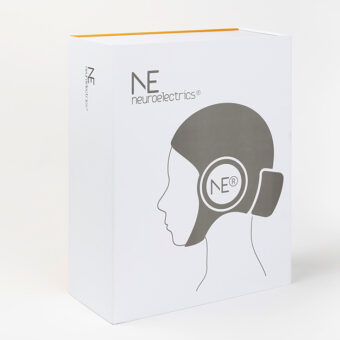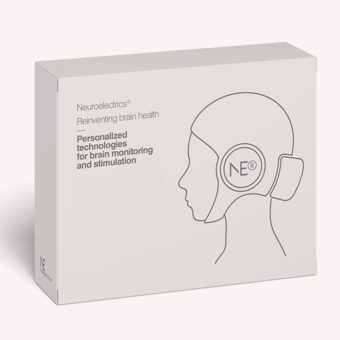In the fast-paced world of medical technology, innovation is not just a buzzword; it’s a necessity. At Neuroelectrics, staying at the forefront of brain stimulation, artificial intelligence, standards, and technological advancements is ingrained in our DNA. One area where this commitment to innovation shines brightly is in our approach to design validation, particularly through the integration of 3D printing technology.
Traditionally, validating designs for medical devices has been a time-consuming and expensive process. Outsourcing the manufacturing of plastic parts, often through injection molding, comes with significant costs, long lead times, and limited flexibility for design modifications. Therefore, reaching the stage of investing in a mold with a nearly finalized design is crucial to streamline the overall validation process. However, the emergence of 3D printing has completely transformed the product development landscape.
At Neuroelectrics, we leverage 3D printing technology to create our initial prototypes for design validation. This cutting-edge approach offers plenty of advantages that greatly enhance our product development process:
- Rapid Prototyping: Time is paramount in the field of medical technology. With 3D printing, we can rapidly produce prototypes of varying complexities and testing platforms. This accelerated timeline allows us to iterate on designs quickly, ensuring that we deliver innovative and effective solutions to the market speedily.
- Cost-Efficiency: Traditional manufacturing methods often incur substantial costs, especially for small-batch production runs. 3D printing allows us to conduct preliminary design validations, mitigating the risk of errors that may necessitate costly refinements in tooling and setup. These cost savings empower us to allocate more resources to research and development, fostering greater innovation in our products.
- Material Selection: Leveraging Stereolithography as our primary 3D printing technology provides access to a vast library of resins. We can select materials that accurately replicate desired properties and approximate the characteristics of the final product. This facilitates preliminary validations of prototypes that closely resemble the eventual components.
- Iterative Improvement: Innovation thrives on iteration. With 3D printing, we can quickly produce multiple iterations of a design, allowing us to test and refine our concepts in real-time. This iterative approach enables us to identify and address potential issues early in the development process, ultimately leading to a more robust and reliable final product.
Conclusion
Ultimately, 3D printing has revolutionized the way we approach design validation for medical devices and accessories, offering unparalleled speed, cost-efficiency, design flexibility, and iterative improvement. At Neuroelectrics, we are proud to embrace this transformative technology as we continue to push the boundaries of innovation in the pursuit of improving brain health and enhancing the quality of life for patients worldwide.
Discover the latest trends in patient-centric, data-driven, and interconnected healthcare.



